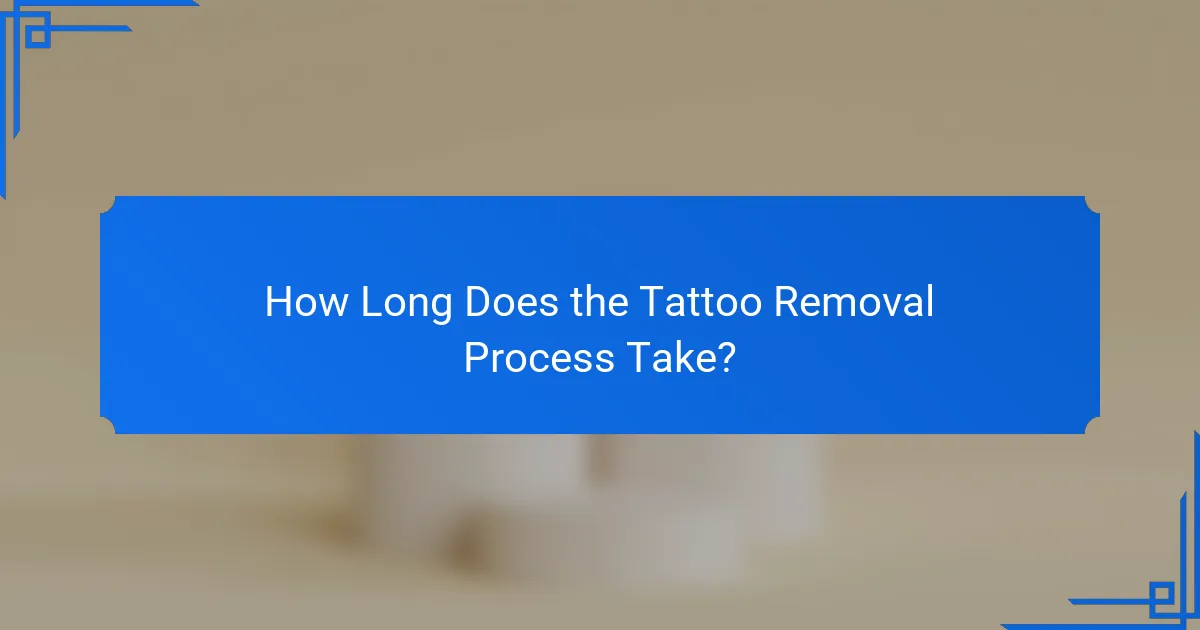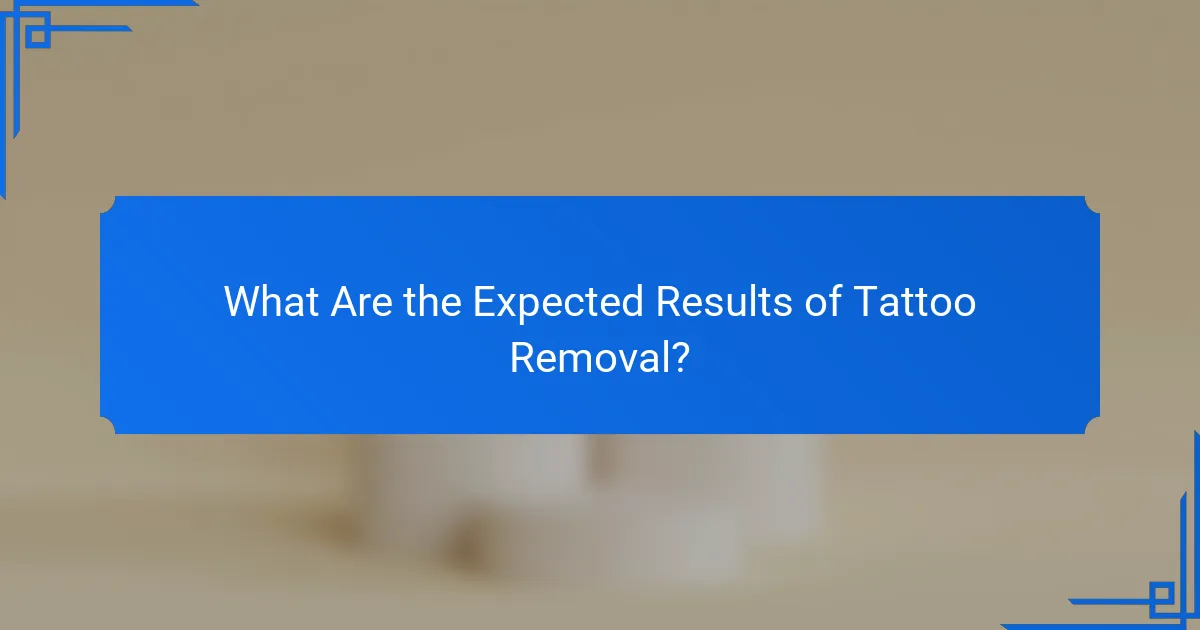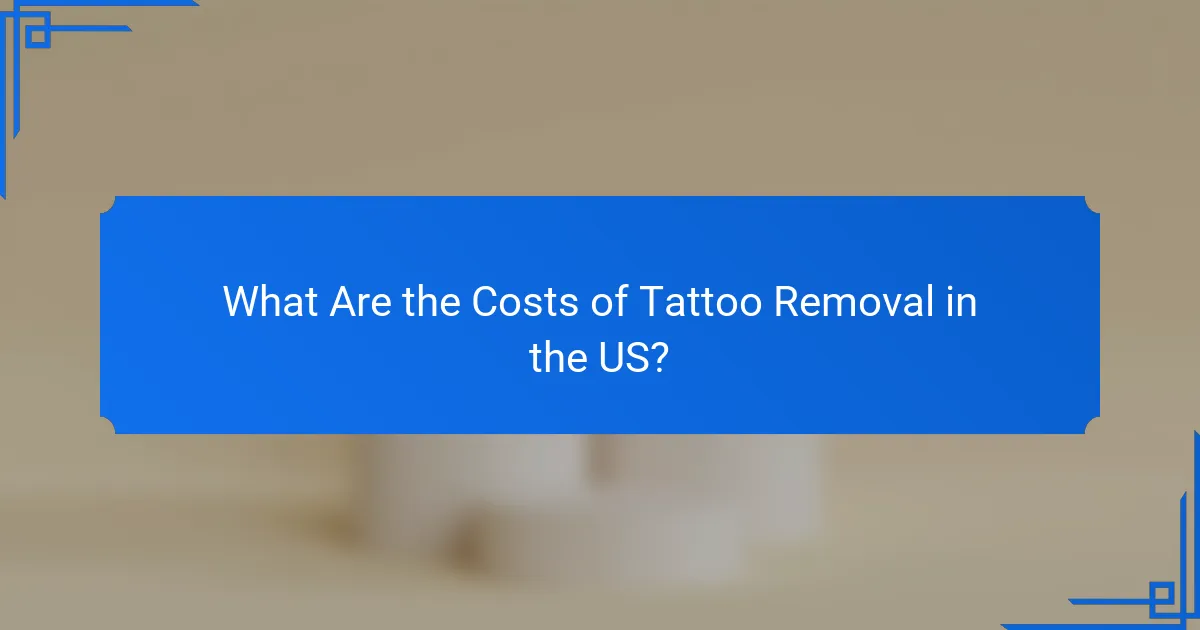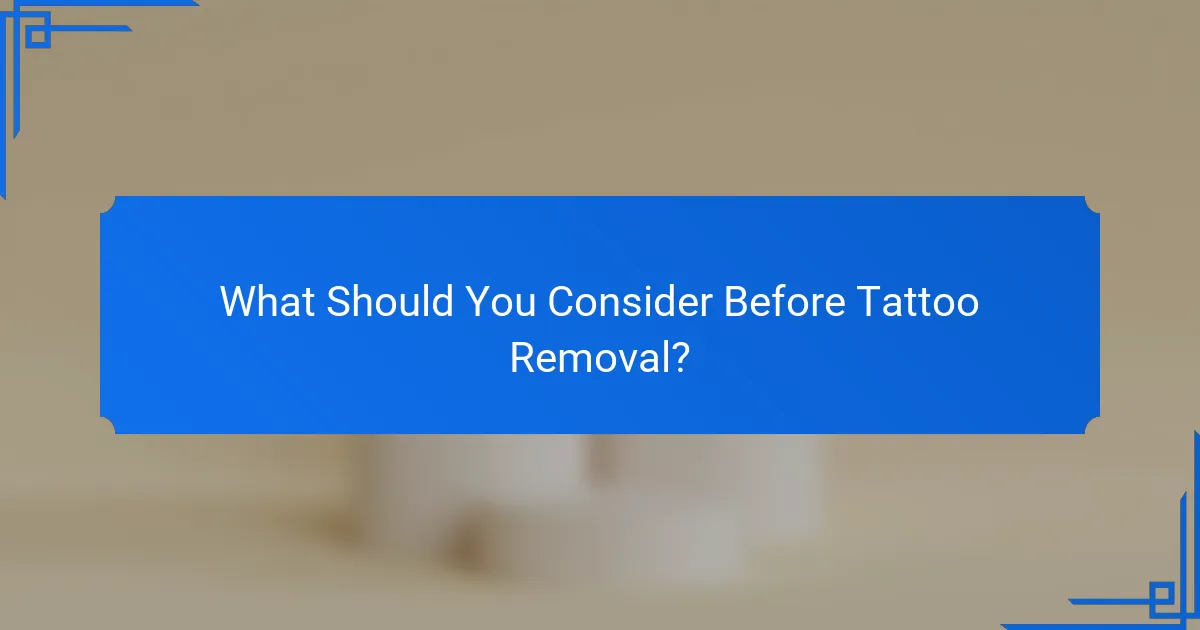Tattoo removal is a multi-step process that can involve various methods such as laser treatments, dermabrasion, and chemical peels. The duration of the process typically spans several weeks to months, with multiple sessions required for optimal results. Factors like the tattoo’s size, color, and the individual’s skin type play a crucial role in determining the effectiveness and recovery time of each method.

What Are the Main Tattoo Removal Methods?
The primary methods for tattoo removal include laser treatments, dermabrasion, chemical peels, excision, and saline tattoo removal. Each method varies in effectiveness, recovery time, and suitability depending on the tattoo’s size, color, and location on the body.
Laser tattoo removal
Laser tattoo removal is the most common and effective method, utilizing high-intensity light beams to break down ink particles in the skin. This process typically requires multiple sessions, with each session lasting about 20 to 60 minutes, depending on the tattoo’s size.
Patients may experience discomfort during the procedure, often described as similar to a rubber band snapping against the skin. Aftercare is crucial, including keeping the area clean and moisturized to promote healing.
Dermabrasion
Dermabrasion involves mechanically sanding the skin to remove the top layers, which can effectively eliminate tattoos. This method is less common due to its potential for scarring and longer recovery times, which can range from several days to weeks.
It is essential to consult with a qualified professional to assess skin type and tattoo characteristics before opting for dermabrasion. Proper aftercare is vital to minimize complications and ensure optimal healing.
Chemical peels
Chemical peels use acidic solutions to exfoliate the skin and fade tattoos gradually. This method may require multiple treatments and can be less effective on darker inks. Recovery time varies, but patients typically experience peeling and redness for a few days.
While chemical peels can be a less invasive option, they may not be suitable for all skin types. Consulting a dermatologist can help determine if this method is appropriate for your specific tattoo and skin condition.
Excision
Excision involves surgically removing the tattooed skin, which is most effective for small tattoos. This method leaves a scar but can provide immediate results. The procedure is typically performed under local anesthesia and requires stitches.
Recovery from excision can take a couple of weeks, and proper wound care is essential to prevent infection. This method is generally considered when other removal options are not viable.
Saline tattoo removal
Saline tattoo removal uses a saline solution injected into the skin to draw out ink particles. This method is often considered safer and less invasive than laser removal, making it suitable for sensitive skin types.
Multiple sessions are usually necessary, and results can vary based on the tattoo’s depth and color. Aftercare involves keeping the treated area clean and protected to facilitate healing and reduce the risk of scarring.

How Long Does the Tattoo Removal Process Take?
The tattoo removal process typically spans several weeks to months, depending on various factors such as the tattoo’s size, color, and the individual’s skin type. Most people can expect multiple sessions, each lasting a specific duration, to achieve satisfactory results.
Session duration
Each tattoo removal session generally lasts between 20 to 60 minutes. The exact duration depends on the size and complexity of the tattoo being treated. Smaller tattoos may require less time, while larger or more intricate designs could take longer to remove.
Total treatment timeline
The total timeline for tattoo removal can range from a few months to over a year. Most individuals require anywhere from 5 to 10 sessions spaced about 6 to 8 weeks apart. This interval allows the skin to heal and for the body to eliminate the ink particles effectively.
Factors affecting duration
Other considerations include the technology used for removal, as some methods may be more efficient than others. For instance, laser removal is commonly regarded as the most effective method, but it may still require multiple sessions to achieve desired results.

What Are the Expected Results of Tattoo Removal?
The expected results of tattoo removal include significant fading of the tattoo, skin healing, and the potential for scarring. The effectiveness of the removal process can vary based on factors such as the tattoo’s size, color, and the individual’s skin type.
Fading of the tattoo
Fading is the primary result of tattoo removal, with most individuals experiencing a noticeable reduction in the tattoo’s visibility after several sessions. The degree of fading depends on the tattoo’s ink type, color, and depth. Darker inks, like black and blue, typically respond better to removal methods than lighter colors.
Patients often require multiple treatments, spaced several weeks apart, to achieve optimal results. It’s common to see a reduction of up to 90% in tattoo visibility after a complete course of treatment.
Skin healing process
After each tattoo removal session, the skin undergoes a healing process that can take several weeks. Initially, the treated area may appear red and swollen, similar to a mild sunburn. Proper aftercare, including keeping the area clean and moisturized, is crucial for effective healing.
During the healing phase, the body works to eliminate the ink particles, and scabs may form as the skin regenerates. It’s essential to avoid picking at scabs to minimize the risk of complications.
Possible scarring
While many individuals experience minimal scarring, there is a risk of developing scars from tattoo removal procedures. Factors influencing scarring include skin type, the removal method used, and adherence to aftercare instructions. Laser treatments tend to have a lower risk of scarring compared to other methods.
To reduce the risk of scarring, patients should follow their practitioner’s advice closely and consider using silicone gel or sheets post-treatment to promote healing. If scarring does occur, various treatments are available to help minimize its appearance.

What Are the Costs of Tattoo Removal in the US?
The costs of tattoo removal in the US can vary significantly based on factors such as the size and complexity of the tattoo, the method used for removal, and the number of sessions required. On average, individuals can expect to pay anywhere from a few hundred to several thousand dollars for complete removal.
Average session cost
The average cost per session for tattoo removal typically ranges from $200 to $500. This price can fluctuate depending on the clinic’s location, the expertise of the practitioner, and the technology used during the procedure. For larger or more intricate tattoos, the cost per session may be higher.
It’s advisable to consult with multiple providers to get a clearer picture of session costs in your area. Some clinics may offer package deals that can reduce the overall price per session.
Total treatment cost
The total treatment cost for tattoo removal can range from $1,500 to over $10,000, depending on the number of sessions needed. Most tattoos require between 5 to 10 sessions for complete removal, but this can vary based on the tattoo’s age, ink type, and depth in the skin.
When budgeting for tattoo removal, consider both the session costs and any additional fees for consultations or follow-up care. Always ask for a detailed estimate before beginning treatment.
Insurance coverage options
In most cases, tattoo removal is considered a cosmetic procedure and is not covered by health insurance. However, some exceptions may apply if the tattoo is associated with a medical condition or if it was the result of an accident.
It’s important to check with your insurance provider to understand your specific coverage options. If insurance does not cover the procedure, inquire about financing plans that some clinics may offer to help manage costs.

What Should You Consider Before Tattoo Removal?
Before undergoing tattoo removal, it’s essential to evaluate your skin type, any existing health conditions, and the importance of consulting with professionals. These factors can significantly influence the effectiveness and safety of the removal process.
Skin type and sensitivity
Your skin type and sensitivity play a crucial role in how your skin reacts to tattoo removal methods. For instance, individuals with sensitive skin may experience more discomfort or adverse reactions during the process. It’s advisable to discuss your skin type with a professional to determine the most suitable removal technique.
Different skin types may require varying approaches, such as laser treatments or chemical peels. Understanding your skin’s characteristics can help set realistic expectations regarding healing time and potential side effects.
Health conditions
Pre-existing health conditions can impact your eligibility for certain tattoo removal procedures. Conditions such as diabetes, autoimmune disorders, or skin diseases may complicate the healing process or increase the risk of complications. Always disclose your health history to your practitioner before starting treatment.
Some medications can also affect skin sensitivity and healing. If you’re taking medications that thin the blood or affect skin regeneration, it may be necessary to adjust your treatment plan accordingly.
Consultation with professionals
During the consultation, ask about the technologies used, potential side effects, and aftercare requirements. This information will help you make an informed decision and prepare adequately for the removal process.

What Are the Aftercare Steps Post-Tattoo Removal?
Aftercare following tattoo removal is crucial for optimal healing and minimizing complications. Proper care helps reduce the risk of infection and ensures the best possible results.
Keep the Area Clean and Dry
For the first few days after tattoo removal, it’s essential to keep the treated area clean and dry. Gently wash the area with mild soap and water, then pat it dry with a clean towel. Avoid soaking the area in water, such as in baths or swimming pools, for at least two weeks.
Apply Recommended Ointments
Your practitioner may suggest specific ointments or creams to promote healing. Apply these as directed, usually a thin layer several times a day. Avoid using any products that contain alcohol or fragrances, as they can irritate the skin.
Avoid Sun Exposure
Protect the treated area from direct sunlight for at least a month after the procedure. UV rays can hinder healing and lead to pigmentation changes. If you must be outdoors, cover the area with clothing or apply a broad-spectrum sunscreen with a high SPF.
Monitor for Signs of Infection
Keep an eye on the treated area for any signs of infection, such as increased redness, swelling, or discharge. If you notice any concerning symptoms, contact your healthcare provider promptly for advice and potential treatment.
Follow-Up Appointments
Schedule follow-up appointments as recommended by your practitioner to monitor healing and discuss any concerns. These visits can help ensure that the removal process is progressing as expected and that your skin is healing properly.


